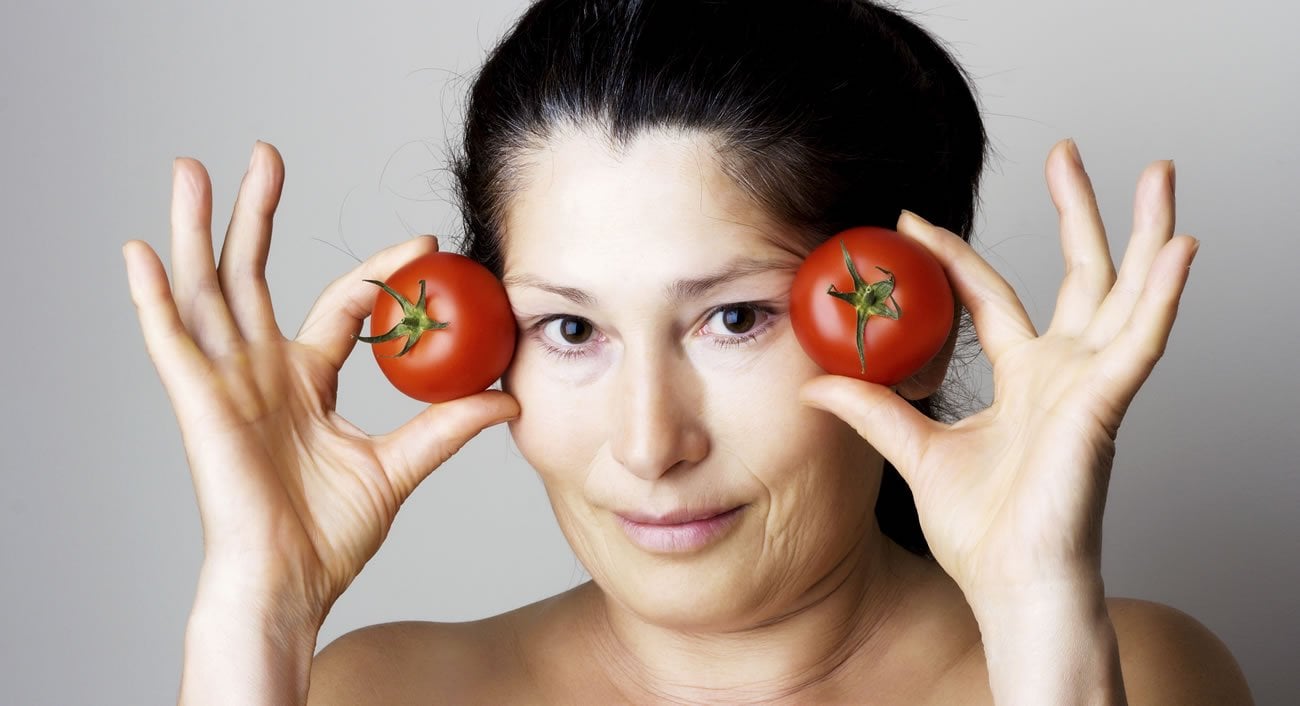How To Live To 100 | 6 Top Foods
All longevity “hot spots” have many of the same basic characteristics. Their diets are plant-based. They tend to eat a lot less meat than we in America do, and a lot more beans. Here are the top 6 foods commonly found in these longevity superstar regions.

Longevity “hot spots” include:
Okinawa, Japan. On this island south of Japan, people have the longest disability-free life expectancy in the world and the highest percentage of centenarians (people who live to 100). Researchers describe elderly Okinawans as having young, clean arteries and low cholesterol. They have 80% fewer heart attacks and 80% less breast cancer and prostate cancer than Americans.
Ikaria, Greece. On this 99-square-mile island just off the coast of Turkey, nearly 1 in 3 people makes it to their 90s, and research has found it has more people who live to 100, proportionately, than anywhere else in Europe.
Loma Linda, California. Loma Linda is largely a community of vegetarian-eating Seventh Day Adventists who outlive their California counterparts by 4.4 years for women and 7.3 years for men.
Bama, China. Bama, located in southwest China, is the home of many a sprightly centenarian. The county (pop. 238,000) has one of the highest per-capita concentrations of old-timers in the world, according to Dr. Chen Jinchao, a surgeon who has run the Guangxi Bama Long Life Research Institute for nearly two decades.
Campodimele, Italy. A hilltop village south of Rome, Campodimele’s high number of ultra-fit centenarians has earned it the title in Europe of “Village of Longevity.” Rarely do the people of Campodimele die before 85 and often live to 100 or more.
Live To 100 | 6 Top Foods
Each of these communities has its own distinct culture-based diet. The people of Okinawa, for example, enjoy foods like goya (a vegetable) and soy products like tofu, while the people of Campodimele love their artichokes, arugula, fagioli (white beans), and porcini mushrooms.
All longevity “hot spots,” however, have many of the same basic food characteristics. Their diets are plant-based. They tend to eat a lot less meat than we in America do, and a lot more beans.
Here are the top 6 foods commonly found in these longevity superstar regions:
Use the arrows below to get the 6 Top Foods

1
Beans
Legumes (beans). From pinto beans to soybeans, they’re all good for you. They can all help you live to 100, and live well along the way. Beans provide a healthy, rich source of protein (none of the saturated fat you get in animal sources like meat and full-fat dairy), plus loads of fiber, which helps ensure steadier glucose levels. And fiber does a great job of filling you up on fewer calories.

2
Vegetables
High vegetable consumption, particularly leafy greens, which are often eaten in these long-living cultures not only as a salad dish but also as part of the main meal.

3
Fruit
High fruit consumption. Like vegetables, fruits are naturally lower in calories and packed with nutrients.

4
Fish
Fish, at least 2 servings weekly, especially fish that is high or moderately high in omega 3 fatty acids, like salmon, sardines, herring, mackerel, halibut, mussels, oysters, trout, and whitefish. Foods rich in omega-3 fatty acids have been shown to protect against heart disease. Exactly how they do this is still under investigation. They generally do not lower LDL (bad) cholesterol levels, but they may reduce cardiovascular risk by reducing blood clotting, lowering levels of inflammation, stabilizing heart rhythms, and/or lowering triglyceride levels.

5
Whole Grains
Like fruits, vegetables, and beans, whole grains pack a lot of nutrients into a low-calorie package that fends off obesity and other chronic diseases. Favorites among our super centenarians include oatmeal (the Seventh Day Adventists of Loma Linda), corn (the people of Bama, China), and pasta made from whole-wheat flour, popular in Campodimele, Italy.

6
Potatoes
Potatoes (yes, potatoes are longevity superfoods). The staple of the people of Okinawa, Japan, is not rice. It’s the purple-fleshed Okinawan sweet potato. The residents of Ikaria, Greece, prepare dishes made from their homegrown potatoes almost daily. The villagers of Bama, China, love sweet potatoes and the leaves of the potatoes.
Want to learn how to eat like these healthy, vibrant people? You need not travel to the ends of the earth or join a religious group. Their basic food plan has been taught since 1975 at the Pritikin Longevity Center in Florida, where the focus, like these super centenarian groups, is whole, unprocessed foods like fruits, vegetables, whole grains, and beans, and prudent amounts of meat, mostly fish.
Beyond Food – Other Lifestyle Habits For Longevity
In addition to the healthy food choices outlined above, other lifestyle traits and personality secrets common among these long-living populations include:

-
Strong family connections
In Ikaria, for example, meals are usually a multigenerational affair. Around their massive wooden dining tables are infants, great-great-grandparents, and everyone in between.
-
Strong community connections
In Campodimele, it’s hard to be a loner. Come evening, everyone mingles in the central piazza, often for a performance in the town’s own mini-amphitheatre.
-
Regular exercise
Many of the elders in these communities worked in physical labor their entire lives, and are still active. They tend vegetable gardens, ride bicycles, dance with their grandchildren and great-grandchildren, and walk up and down hills.
-
No food binging
People in these live-to-100 cultures seem to just naturally get up from the dining room when they’re slightly full, “not stuffed,” notes Pritikin Nutrition Director Kimberly Gomer, MS, RD, “which is a skill we’ve been teaching in nutrition workshops at Pritikin for years.”
-
Little or no smoking
Did you know that tobacco use kills more people in the United States than alcohol abuse, illegal drugs, HIV, suicides, murders, and motor vehicle accidents combined?
-
Stress management
Many in longevity superstar regions have the ability, when needed, to shed stress, whether it’s taking afternoon naps, practicing tai chi, a gentle form of exercise often described as meditation in motion, religious devotion, or enjoying a sip of good wine. We teach stress management at Pritikin, but for these long-living cultures, no one needs any teaching. Stress management is simply a way of life.
-
A sense of purpose
In Okinawa, it’s known as ikigai, which translates into “finding your reason to live.”
Sources
- Cardiology Research and Practice, 2011; 2011: 679187. Published online Feb 24, 2011. doi: 10.4061/2011/679187
- Indian Journal of Community Medicine, 2009; 34 (4): 273.
- Annals of the New York Academy of Sciences, 2007; 1114: 434.
- Buettner D. The secrets of long life. (Cover story) National Geographic, 2005; 208: 2.
- Fraser GE. Diet, Life Expectancy, and Chronic Disease: Studies of Seventh-Day Adventists and Other Vegetarians. Oxford/New York: Oxford University Press; 2003.
- Sally Beare. Secrets of the World’s Longest-Living People. Piatkus Books: 2003.
- Makoto Suziki, Bradley Willcox, and Craig Willcox. The Okinawa Program. Three Rivers Press: 2002.